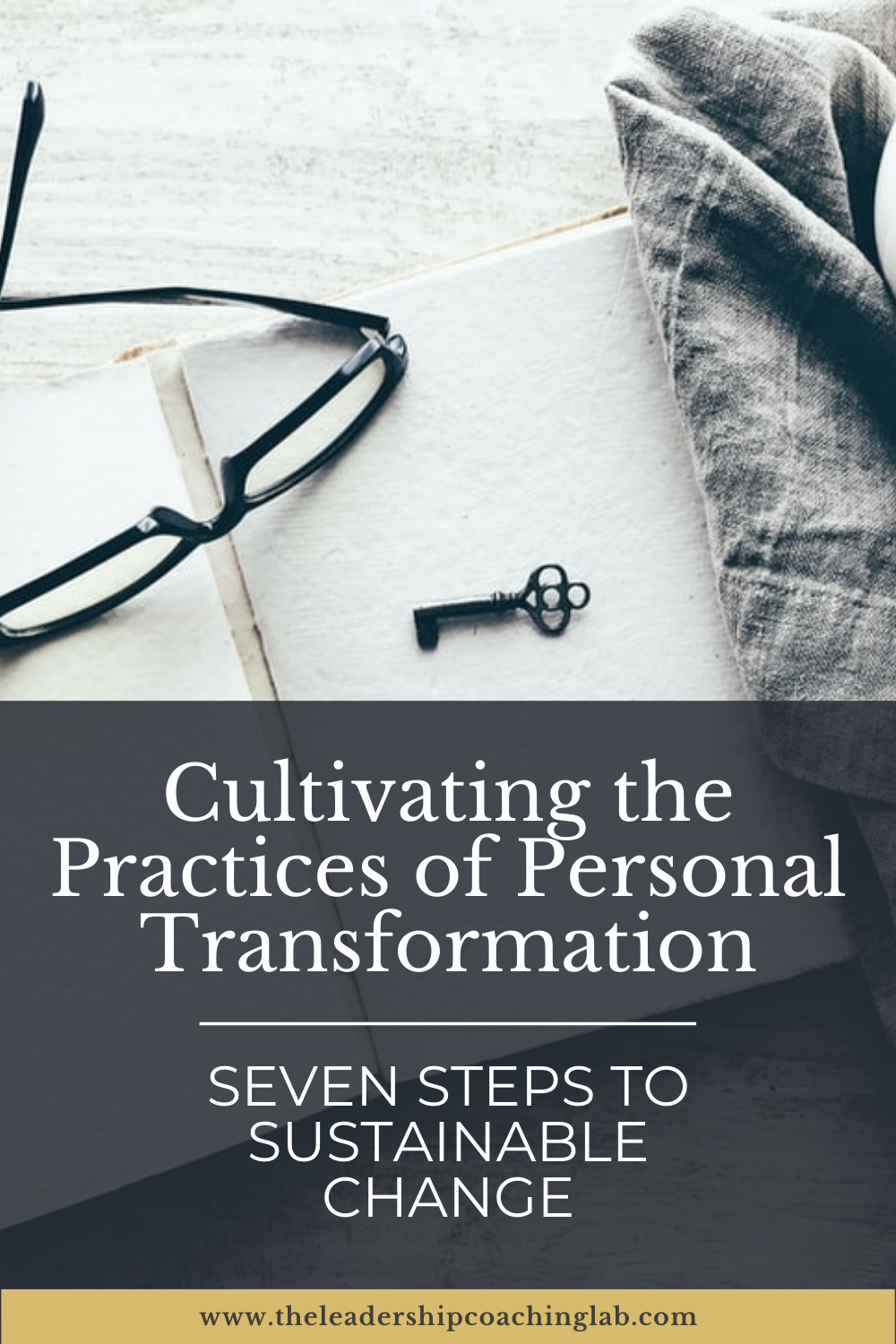8 Coaching Questions to Build Your Creative Capacity
How to cultivate your creative thinking
Even if you’re not a ‘creative type’
Have you ever faced a challenge that made everything you thought you knew feel obsolete? A moment when the solutions you usually relied on suddenly didn’t work—and the pressure to figure out what does work was entirely on you? What did you notice about how you responded? What assumptions were shattered, and what unexpected possibilities emerged?
Leaders and teams everywhere confront these moments constantly:
Educators reinvent learning to engage students in new ways.
Organizations experiment with approaches to keep teams connected and motivated.
Teams scramble to maintain productivity while navigating uncertainty.
Leaders wrestle with complex problems in diversity, equity, and inclusion that demand bold thinking.
These situations can be chaotic, even paralyzing—but they also reveal a critical truth: our creative capacity isn’t fixed—it can be developed, strengthened, and deliberately applied.
The real question is: how do we cultivate practices that make creativity and innovation not just a response to crisis, but a consistent part of how we work and lead?
Practice a Creative Mindset
The first step to developing a deliberate, disciplined approach to innovation is to intentionally practice a creative mindset. These questions provide a guide to ways to expand your mindset.
How can you reframe your creative potential?
When you hear the word ‘creative,’ you may instantly determine that is not you … like many, perhaps you reserve the creative label for those who are obviously talented in music, art, writing, film, theater, or some other visible type of creative expression. If you’re ruling yourself out of the creative category, it is time to reframe and rediscover how you are uniquely wired to contribute to innovation.
If you struggle to realize or tap into your creativity, take this free quiz by Adobe Create to identify your creative personality type. Read about all eight creative types here.
Which fears might be limiting your creativity right now?
In their HBR article, Reclaim Your Creative Confidence, Tom and David Kelley discuss four different types of fear that block our creative capacity. With compelling stories, Kelley and Kelley describe the fear of the unknown, the fear of judgment, the fear of the first step, and the fear of losing control. These fears act as an inhibitor and are likely to limit our ability to observe the possibilities and potential around us.
Which of the four fears are most likely to stifle your creativity?
What have you learned from past failures?
If you are a perfectionist, the idea of embracing failure may make you cringe. However, failure provides a way for us to learn. Without failure, we would not know what is — and is not — successful in our efforts.
If you furiously avoid failure, consider writing a ‘failure resume’ to document the insights you’ve gained and how you’ve grown from past failures.
“Creativity is something you practice, not just something you’re born with.”
Develop Disciplines that Cultivate Creativity
Mindset sets the stage for creativity, but consistent practices are what bring it to life. The next step is exploring tangible ways to nurture your creative potential every day.
What new ideas or perspectives can you explore to spark fresh thinking?
Intentionally choose to hear from sources that present a variety of perspectives. Watch TED Talks, listen to podcasts regularly, keep up with the latest documentaries, and read broadly. Talk with people who have varied backgrounds and represent different disciplines.
What exercise or nature routines might bring powerful moments of insight?
Fascinating research conducted by Marily Oppezzo and colleagues demonstrates how going for a walk can directly increase your creativity levels. And the boost is even better when you’re in the great outdoors!
Whose perspective could help you uncover blind spots in your thinking?
One of the best ways to learn new insights is to seek out others’ perspectives: our customers, direct reports, students, or anyone who is impacted by the work we are doing. Otherwise it’s too easy to get misled by our own biases and assumptions.
How can you consistently make space to explore new ideas and possibilities in your work or life?
When you’re brainstorming new ideas or inspiration for improvements, activate your curiosity by asking open-ended questions. “What if?” and “How could I?” questions are great prompts to let the creativity flow. However … do not stop at your first idea. Come up with as many ideas as you can, recording each one in a notebook or journal.
Which ideas could you experiment with in a low-risk way to learn what works?
We often decide that one solution is the best without having any data to support that conclusion. Instead of locking into a specific approach based on assumptions, create low-stakes opportunities to test your ideas first … for example, create a one-page prototype to pitch a new program and get feedback from as many collaborators as you can.
Get the Complete Toolkit to Inspire Growth & Change
Get my free 60-page ebook featuring my 8-step process for growth and 80 powerful questions for coaching or reflection - designed for leaders, coaches, & personal growth enthusiasts.
You'll also join 2,000+ professionals who receive The Coaching Mindset, my newsletter for practical tips to inspire intentional growth and tools to take a coach approach.





